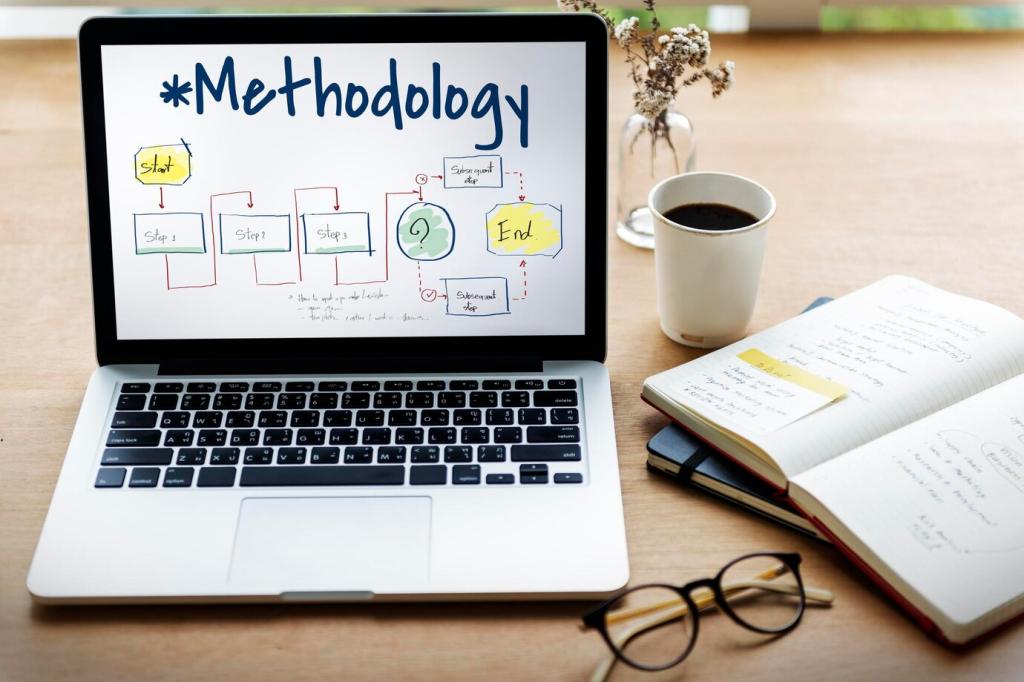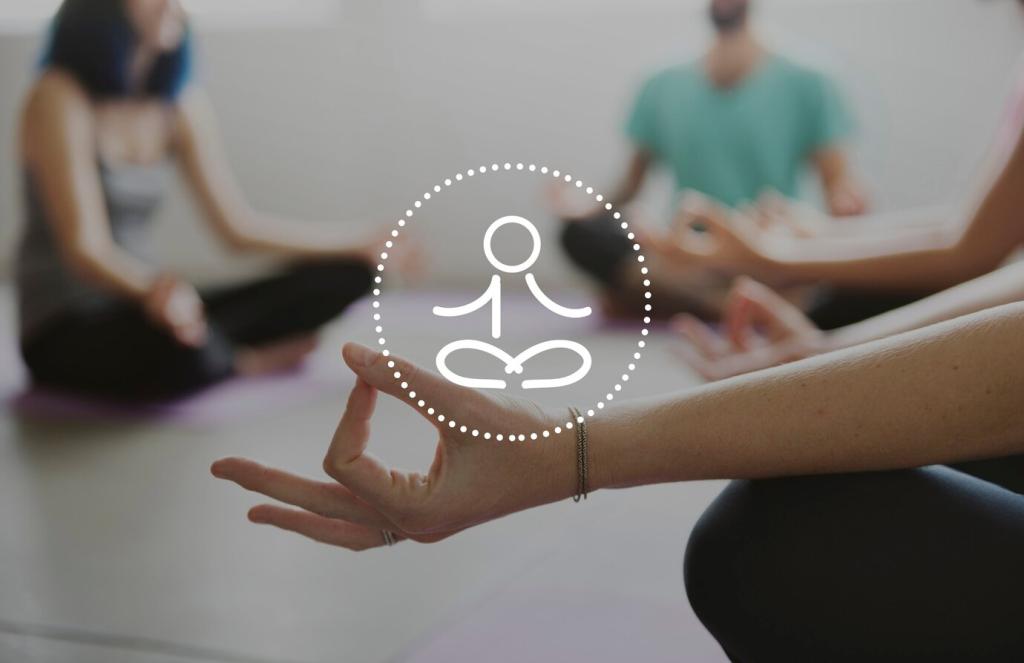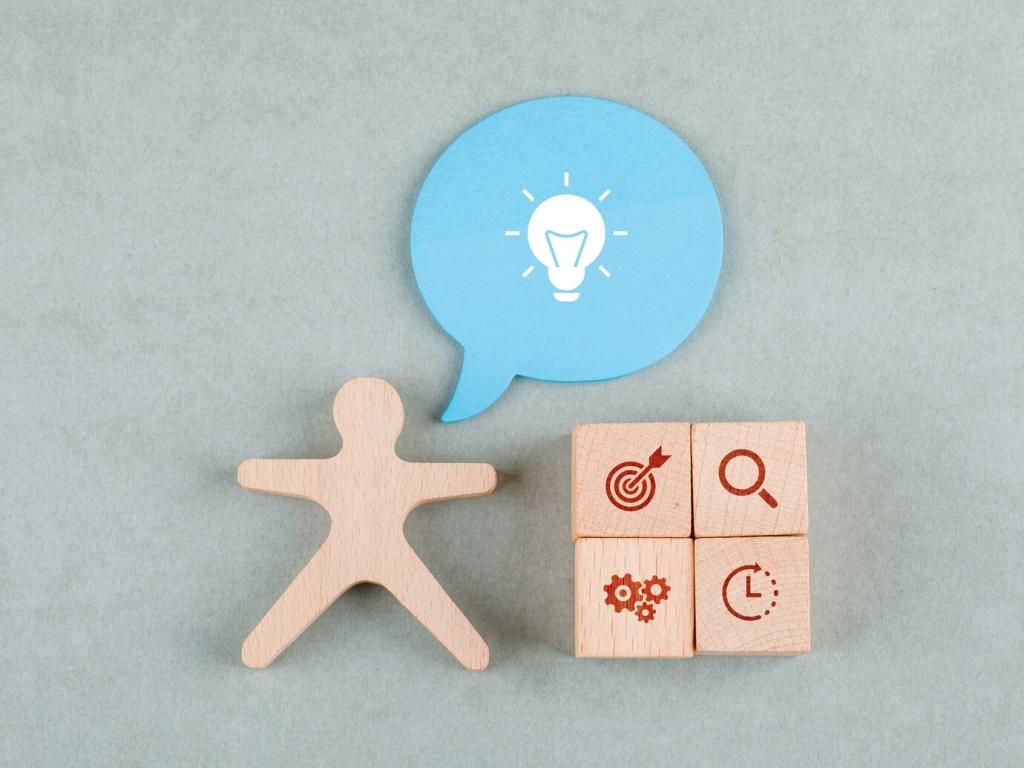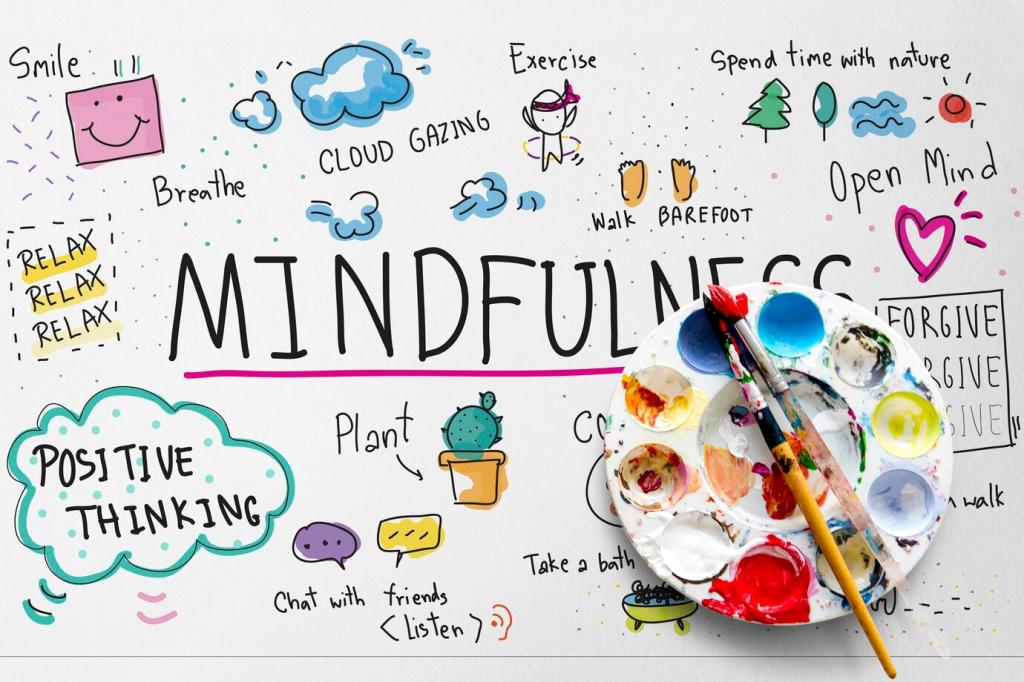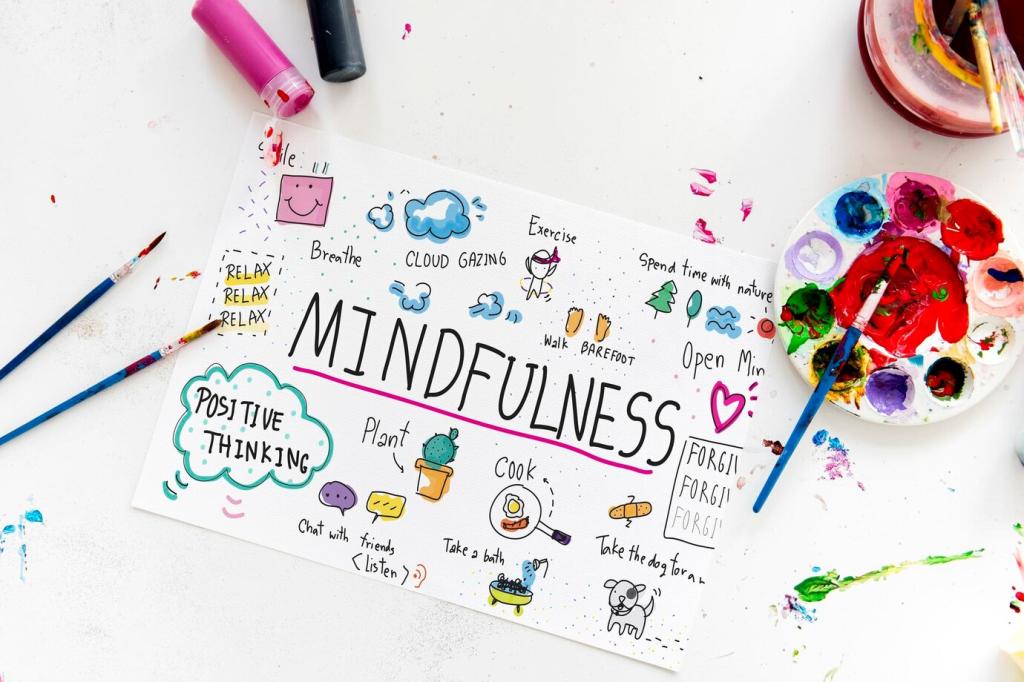Measuring Impact Without Killing the Spirit
Consider monthly pulse surveys on stress, clarity, and belonging, plus practical signals like focus-time hours protected or meeting load reduced. Add qualitative notes. When stories and numbers align, you can confidently refine practices without reducing people to charts.
Measuring Impact Without Killing the Spirit
Pick one ritual, pilot it for two weeks, and define a simple success signal. Debrief openly: keep, tweak, or drop. Iterations keep momentum alive and prevent programs from becoming performative checklists that nobody believes or actually uses.

